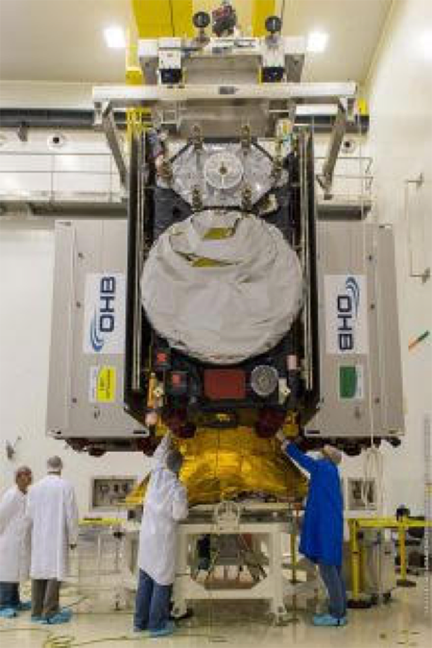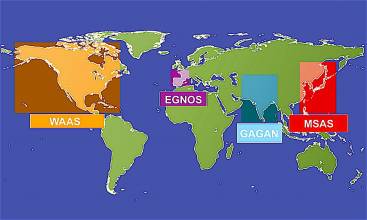Telecom, Economic Experts Weigh in on Putting Broadband Near GPS

The long-running, high stakes battle between the GPS community and Ligado Networks may enter a new phase next month when the firm presents to the nation’s leading GPS experts its plan to develop a combined terrestrial/satellite network using its spectrum neighboring the GPS band.
By Inside GNSS




























